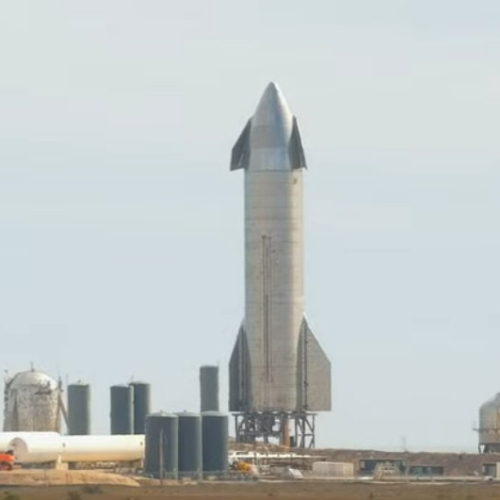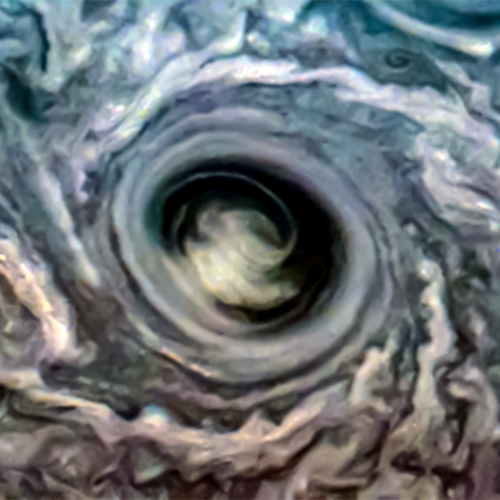Perseverance’s first high resolution panorama

Click for full resolution image.
The photo above is only one small slice from the first high resolution panorama taken by Perseverance on the floor of Jezero Crater. It is also reduced in size to post here.
From the press release:
The camera was commanded to take these images by scanning the mast, or “head,” a full 360-degrees around the horizon visible from the landing site. [In the section above] the top of some of the distant crater rim is cut off … to ensure the images would cover the front ridge of the Jezero Crater’s ancient delta, which is only about 1.25 miles (2 kilometers) away from the rover in the center of this panorama. At that distance and focal length, Mastcam-Z can resolve features as small as about 50 centimeters (1.6 feet) across along the front of the delta.
The mosaic is not white balanced but is instead displayed in a preliminary calibrated version of a natural color composite, approximately simulating the colors of the scene that we would see if we were there viewing it ourselves.
So, this is approximately what you would really see if you were standing next to Perseverance and looked west towards the delta (the low hills in the foreground) and the high crater rim beyond.

Click for full resolution image.
The photo above is only one small slice from the first high resolution panorama taken by Perseverance on the floor of Jezero Crater. It is also reduced in size to post here.
From the press release:
The camera was commanded to take these images by scanning the mast, or “head,” a full 360-degrees around the horizon visible from the landing site. [In the section above] the top of some of the distant crater rim is cut off … to ensure the images would cover the front ridge of the Jezero Crater’s ancient delta, which is only about 1.25 miles (2 kilometers) away from the rover in the center of this panorama. At that distance and focal length, Mastcam-Z can resolve features as small as about 50 centimeters (1.6 feet) across along the front of the delta.
The mosaic is not white balanced but is instead displayed in a preliminary calibrated version of a natural color composite, approximately simulating the colors of the scene that we would see if we were there viewing it ourselves.
So, this is approximately what you would really see if you were standing next to Perseverance and looked west towards the delta (the low hills in the foreground) and the high crater rim beyond.





